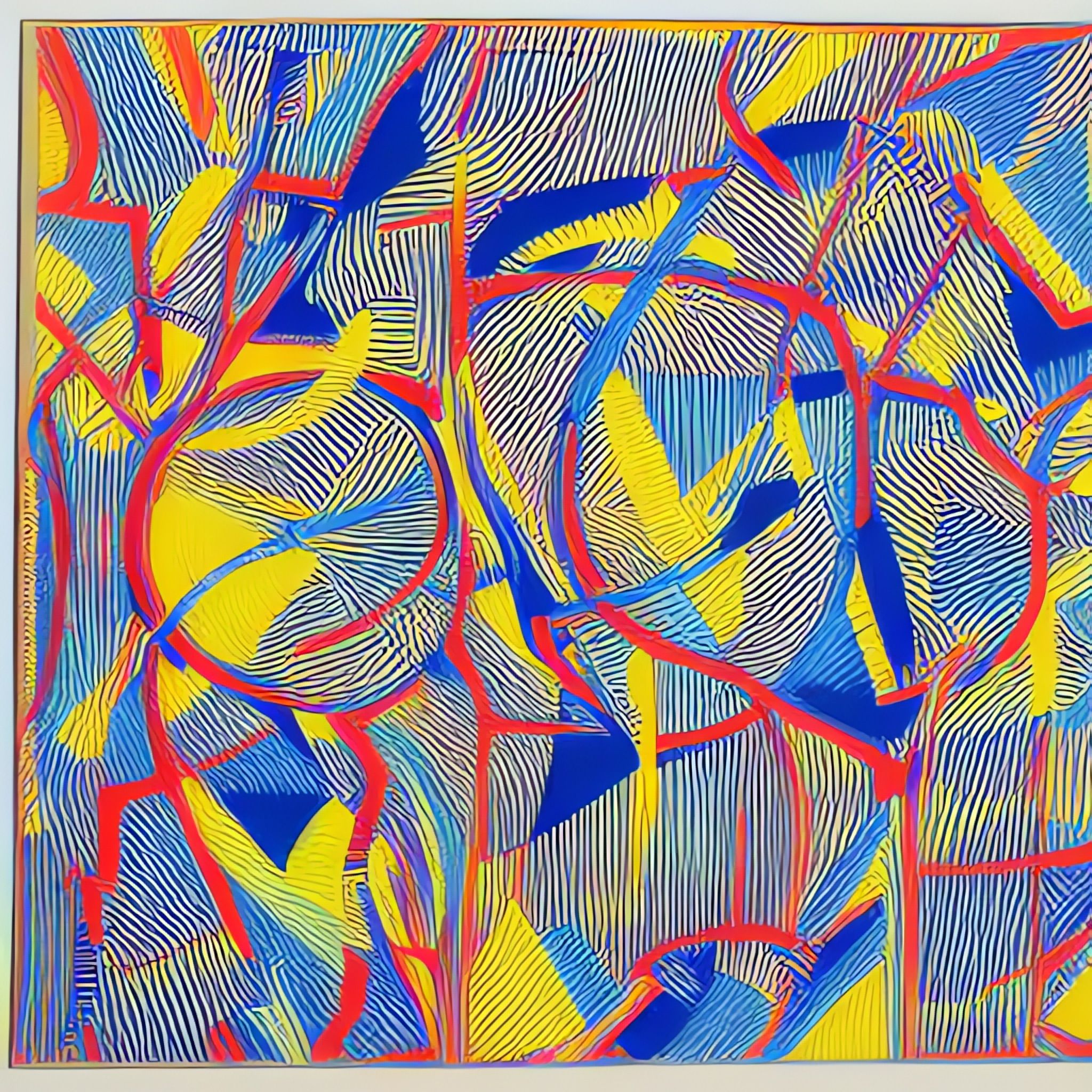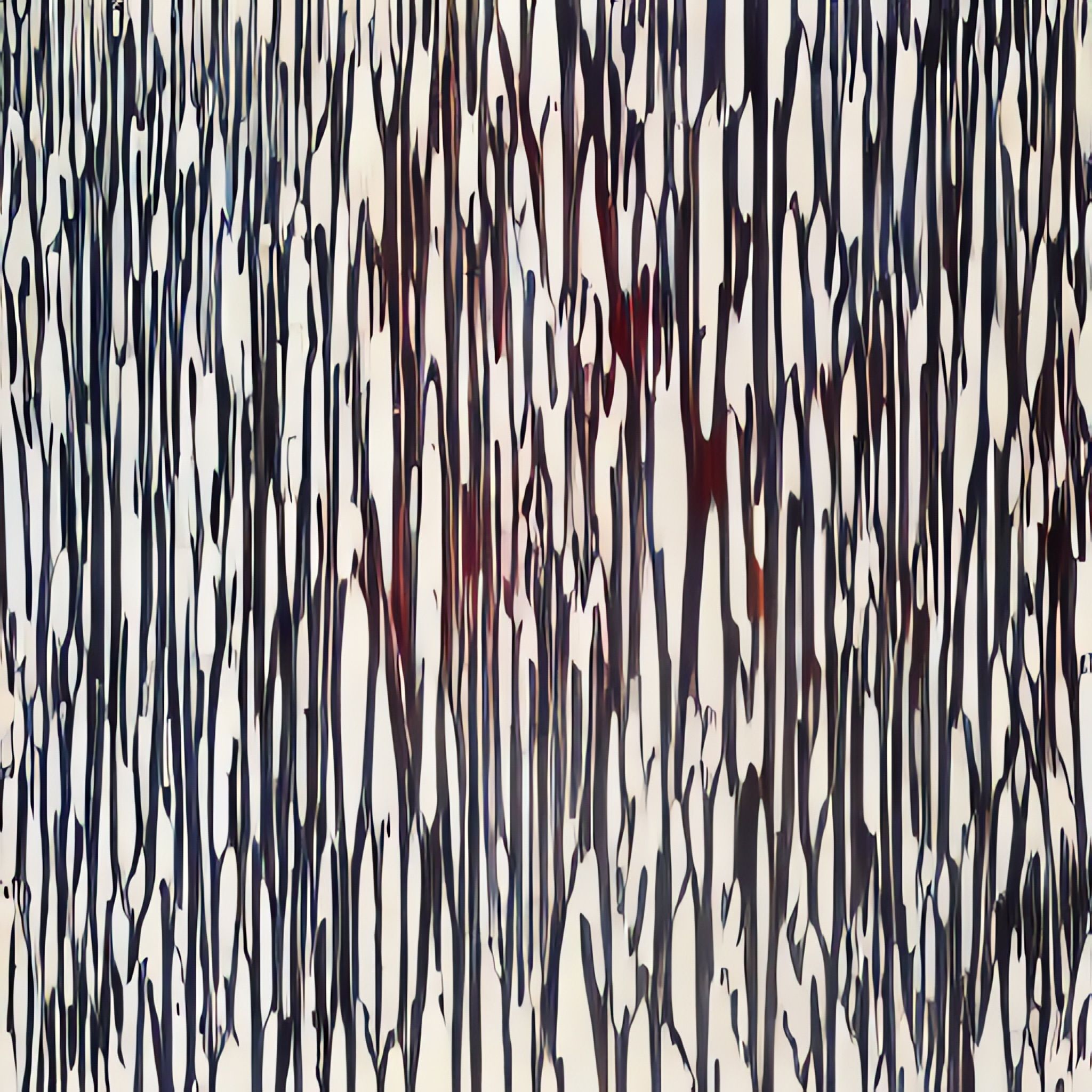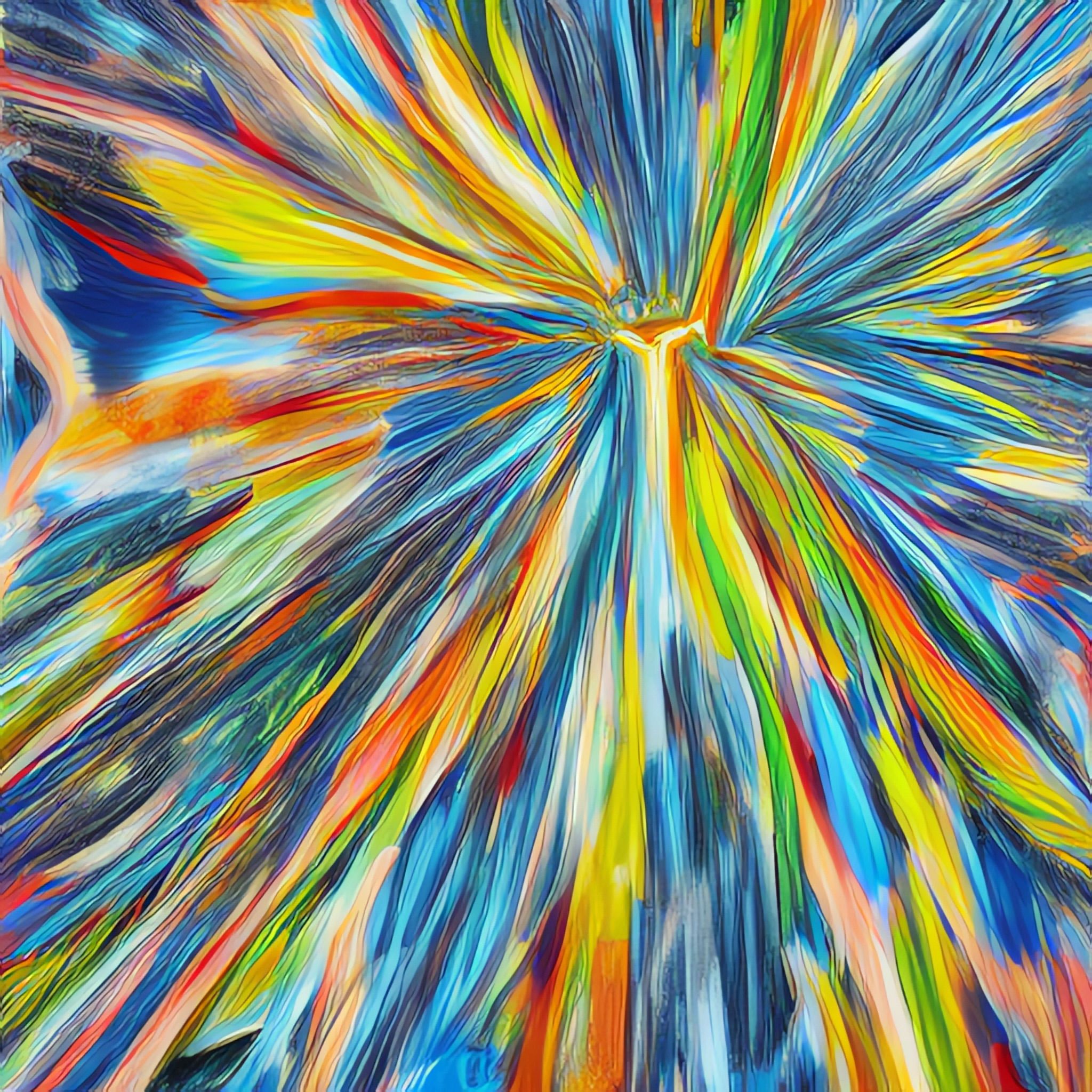Machine Art

When it comes to digital art, the terms ‘generative art’ and ‘algorithmic art’ are often used interchangeably. But, in reality, these two forms of digital art have distinct characteristics and different origins. Understanding the difference between these two forms of art is crucial to appreciate and evaluate them properly.
Art doesn’t have to be just about the final product. It can also be about the process of creation. And that’s exactly what generative and algorithmic art are all about.
Generative Art
Generative art is an art form that uses algorithms and computer programs to create artworks that are unique and unpredictable. The artist creates a set of rules or an algorithm that the computer uses to create a work of art, but the final output is not determined by the artist. The focus of generative art is on the process of creation and the relationship between the artist, the algorithm, and the final artwork. In generative art, the algorithm is an active participant in the creation of the artwork, rather than just a tool for the artist to use.
“Generative art refers to any art practice where the artist creates a process, such as a set of natural language rules, a computer program, a machine, or other procedural invention, which is then set into motion with some degree of autonomy contributing to or resulting in a completed work of art.”
A great example of generative art is the work of Joshua Davis, an artist who uses algorithms to create mesmerizing patterns and designs. His work often features organic, flowing shapes that seem to be in a constant state of motion. The beauty of Davis’s work is not just in the final outcome, but also in the process of creation, as the algorithm generates unique and unpredictable patterns every time it is run.

Algorithmic Art
On the other hand, algorithmic art is a form of digital art that uses algorithms as a tool for creating art, rather than as the primary focus. The artist uses algorithms to create artworks that are highly precise and predictable, often with a specific outcome in mind. In algorithmic art, the algorithm is a means to an end, rather than an end in itself. The focus of algorithmic art is on the final outcome, and the artist uses the algorithm as a tool to achieve their desired result.
I write computer algorithms, i.e. rules that calculate and then generate a work that could not be realized in any other way. It is not necessarily the system or the logic I want to present in my work, but the visual invention that results from it. My artistic goal is reached when a finished work can visually dissociate itself from its logical content and convincingly stand as an independent abstract entity
—Manfred Mohr in Art of the Digital Age
A great example of algorithmic art is the work of Golan Levin, an artist who uses algorithms to create interactive installations and digital sculptures. His work often features intricate patterns and shapes that are highly precise and mathematically generated. The focus of Levin’s work is on the final outcome, and the algorithm is simply a tool that he uses to achieve his desired result.

The connection with Process Art
Generative art and algorithmic art have a strong connection to “process art,” a movement that emerged in the 1960s, characterized by the use of non-traditional materials, and the emphasis on the act of creating rather than the final outcome.
In this way, generative art and algorithmic art can be seen as a natural extension of the process art movement, as they both focus on the process of creating art through the use of algorithms and computer programs. In Generative art the algorithm is an active participant in the artwork creation and in algorithmic art, the algorithm is a means to an end, rather than an end in itself.
In closing
It is indeed a surprising and fortunate fact that nature can be expressed by relatively low-order mathematical functions
In conclusion, generative art emphasizes the process of creation and the unpredictability of the final outcome, while algorithmic art emphasizes the precision and predictability of the final outcome.
Understanding the difference between these two forms of art is essential to appreciate and evaluate them properly.